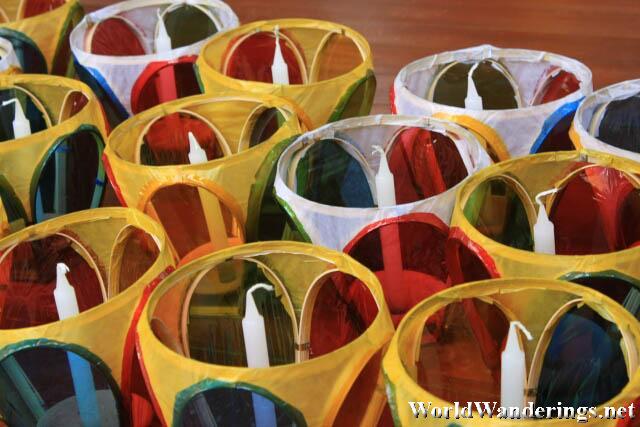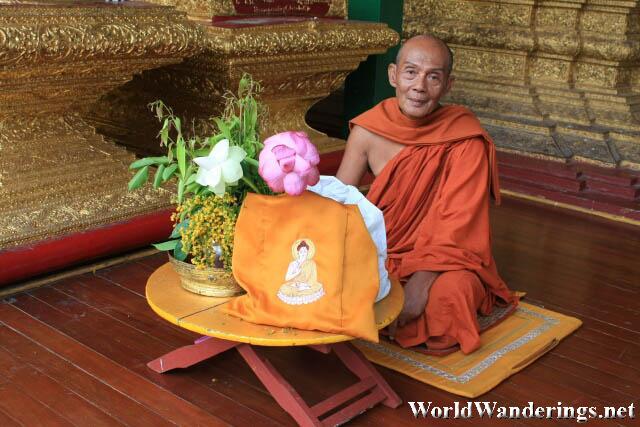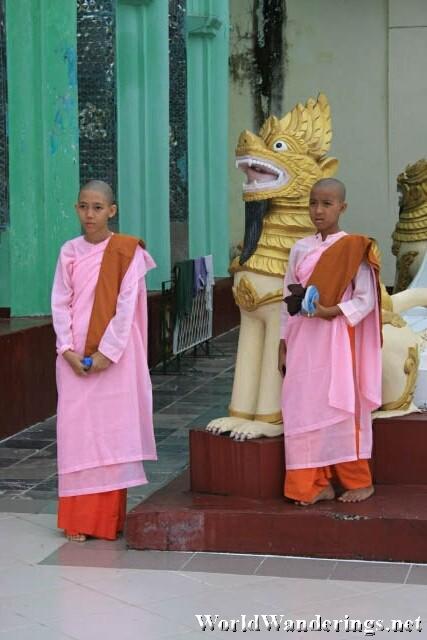I spent the rest of the way crisscrossing the road to avoid the Thingyan festivities. During thie festive season the Burmese line up outside their houses to splash passers by to share in the merriment. Obviously, not all of the people share in the enjoyment of getting doused by water of questionable sources, most especially me. This technique of crossing the road to avoid the dousing is also done by the Burmese. I was, unfortunately, a witness to an accident where a girl was trying to cross the highway to avoid getting wet, instead she got hit by a speeding car. Fortunately, her companions were there and the quickly whisked the unconscious girl off to presumably a hospital.
I just goes to show how in this merriment, danger can still lurk, so it is best to keep your street smarts and know what you are doing at all times. Then again, getting wet might not be such a bad idea afterall. I walked three kilometers down the highway to the iconic Shwedagon Paya. And trust me, it looks much nearer than it really is, because it is so huge. It was already late afternoon and I knew visiting this place is a must. There is an entrance of US$6 for tourists, and free for the locals. Kind of unfair but what can you do? Upon entry into the complex, you are given a sticker which means that you already paid the six dollars. There is an army of checkers around the pagoda to ensure that all tourists have this sticker and I would regularly get checked for it. It makes me wonder if they have enough money to pay all these checkers and whether the number of tourists at the Shwedagon Paya can support something like that.
As expected, the Shwedagon Paya was an impressive place, and it is not just some tourist destination, it is practically the heart of Buddhism in Myanmar and every Buddhist is expected to visit this place at least once in their lifetime. As expected there were a lot of monks in the area and it was surprisingly not crowded. Tourists were few and far in between which suited me just fine. There were also young nuns, you can tell they are nuns by the color of their robe – pink. And like their male counterparts, their heads are also clean shaven. A monk at a temple was friendly enough to strike up a conversation with me. I even showed him the photos I took of the place and he was very pleased.
The Shwedagon Paya is unlike any tourist destination I have been to. Most of the time, the tourists would have already wiped out the religious or cultural significance of the place through sheer numbers but this very lack of tourists makes Myanmar such an intruiguing place.
[xmlgm {http://www.worldwanderings.net/kml/ShwedagonPaya.kmz}]



